
It’s fair to say that long-haul Economy Class isn’t everyone’s cup of tea. Economy seats can be cramped, and you’re surrounded in close confines by strangers for hours on end.
But Economy can also be quite enjoyable if the seat is comfortable and the on-board service is great. It really depends on the airline and aircraft type that you’re flying!
When comparing the seats and service offered by different airlines, there’s a lot more variation between premium cabin products such as Premium Economy, Business and First Class. That’s simply because there’s more scope for airlines to get creative with Business or First Class, compared to Economy where the goal is typically to cram as many seats as possible into the available space.
But that doesn’t mean that all Economy Class seats are the same. The differences between Economy products are more subtle, but even minor variations can make a big change to the overall experience as that extra inch of seat width or legroom becomes a lot more noticeable!
For example, I personally have little interest in flying in Economy on a Qantas Boeing 787 to London because I would find the seats too narrow for that length of flight. But I’d happily fly on a Japan Airlines Boeing 787 with its wider seats.
Here are nine ways that airlines differentiate their Economy Class products…
Contents
The legroom
Clearly, the amount of pitch (the distance between seats) will make a big difference to any Economy Class seat. With more legroom, you can stretch out your legs under the seat in front rather than having your knees crushed.
One airline that has stood out to me as offering great legroom in Economy is All Nippon Airways (ANA). With a standard 34 inches of seat pitch on its long-haul aircraft, it’s not that hard to get comfortable.

In general, most airlines offer around 30-31 inches of seat pitch. For example, Qantas offers 30 inches of seat pitch on its Boeing 737s and 31 inches on its Airbus A330s.
Anything over 32 inches is on the generous side, while 29 inches (like on Jetstar’s Airbus A320s) is going to be more uncomfortable. As a point of reference, Ryanair uses 30 inches of seat pitch.
I’ve sat in a few Economy seats over the years that had 28 inches of seat pitch, and found them incredibly uncomfortable. Dishonourable mentions here go to the A320s of Iberia Express and Avianca.
Seat width
While the legroom matters, I personally find the seat width slightly more important.

I generally don’t mind flying Boeing 767s, Airbus A330s, Airbus A340s, Airbus A350s and Airbus A380s on long-haul flights because the seats are sufficiently wide. (Unless you’re flying on an A330 operated by Cebu Pacific, AirAsia X or Vietjet Air, that is.)

I usually try to avoid Boeing 787s on long-haul Economy flights because I just find the 9-abreast seating layout too tight. An exception is Japan Airlines with its spacious and very comfortable 8-abreast seating.
I’ll happily fly on a Boeing 777 with 9-abreast seating in Economy, such as on Singapore Airlines or Turkish Airlines. But I would think twice before booking a long-haul flight on a 777 with 10-abreast seating.

Sadly, many airlines including Emirates, Qatar Airways, Air New Zealand and United now have 10 seats per row on their 777s. British Airways and Cathay Pacific have also recently reconfigured their 777 fleets to add a tenth seat per row, resulting in narrower seats.

When booking a flight, it’s worth checking the aircraft type as that can make a big difference. For example, the Emirates A380 Economy seats are a lot more spacious than Emirates’ Boeing 777 Economy seats.
It’s also worth mentioning that the Airbus A320 has a wider fuselage than its narrow-body rival, the Boeing 737. The A320 seats are therefore about an inch wider.
Seat comfort
Most long-haul Economy seats offer at least a decent level of padding and an adjustable headrest. But I have come across a few airline seats over the years where I felt like I was sitting against a brick wall.
I now try to avoid flying Economy on Air New Zealand 787s, Air India A320s or the regional aircraft (such as E190s and CRJ jets) flown by Lufthansa Cityline and Austrian because I find the seats too hard.

In-flight entertainment and Wi-Fi
A personal in-flight entertainment screen is now a standard offering on most long-haul flights. And it really does make a huge difference – just ask anyone who’s spent 10+ hours sitting on a plane with a broken (or no) TV screen!
I much prefer airlines that offer seat-back entertainment screens rather than the option to stream content to your personal device. Having lots of interesting content available on the in-flight entertainment system – or even live TV – also makes a big difference.

I rarely get bored when flying Emirates or Singapore Airlines due to the huge library of entertainment! On the other hand, it took me less than an hour to get bored with the very limited library on Batik Air.
In 2023, the availability of high-speed Wi-Fi is also a key differentiator between airlines. Some carriers, including Singapore Airlines and Qatar Airways, now offer free Wi-Fi to all passengers on all flights.
The on-board catering
Sure, airline meals may not be the most tasty or nutritious. But there’s something a little bit fun about eating a hot meal on a flight. (There’s also something to be said about not going hungry!)
The quality and quantity of food and drinks differ enormously on airlines. For example, Emirates, Turkish Airlines and Singapore Airlines offer very comprehensive catering – included in the airfare – on pretty much all flights. I’ve also found Qatar Airways, British Airways (on long-haul flights) and Qantas particularly good in this regard.

Some airlines, like Virgin Australia, choose to offer food & drinks for sale, which is fine. However, I often find that the options available for purchase are simply packaged junk food. These are easier for airlines to store and reduce waste, but fresh food is so much nicer (and better for you).
Availability of extra legroom and neighbour-free seats
If you can select a seat with extra legroom, that can make the flight a lot more comfortable. Most airlines offer exit row seats for an extra charge, but some even offer mini-cabins on board their aircraft where the seats have more legroom. For example, Virgin Australia offers Economy X seating.
Etihad, United, American Airlines and Hawaiian Airlines also offer dedicated rows of seating at the front of Economy with extra legroom.

These seats can typically be selected for an extra fee, or for free by top-tier frequent flyers.

Qantas also recently began rolling out its Neighbour Free seating product onto international flights. This gives passengers on selected flights the option to reserve an empty seat next to them, although it’s not guaranteed.
Wide-body vs narrow-body planes
Narrow-body planes like Boeing 737s and Airbus A320s are fine for short domestic hops. But on longer international flights, twin-aisle aircraft are generally more comfortable. There’s more space for everyone on board, including more overhead locker space for bags, and you can still get to the loo if there’s a service cart blocking one of the aisles.

On-board amenities
Quality airlines often provide extra items like complimentary pillows, blankets, headphones and sometimes even small amenity kits on long-haul flights. These do make a difference!
The cabin crew
A great crew of professional, friendly and hard-working flight attendants can make or break a flight.
Unfortunately, it’s very hard to predict whether you’ll get a good crew. This is perhaps the most variable factor as you could get a superb set of crew on one flight and then lazy crew on the next one – even on the same airline, route and aircraft type.
That said, the cabin crew on some airlines – such as Singapore Airlines, Japan Airlines or Cathay Pacific – are consistently excellent!
Our Favourite American Express Cards
- Card Name
- American Express Platinum Card
- Earn
- 2.25
- Signup Bonus
-
Receive 200,000 bonus Membership Rewards Points¹
Apply by 8th Jul 2025
- Annual Fee
- $1,450 p.a.
- Read more
- View Offer
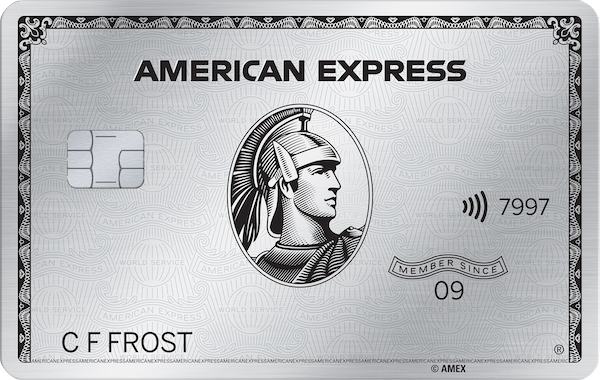
on everyday purchases
- Card Name
- American Express Explorer Credit Card
- Earn
- 2
- Signup Bonus
-
100,000 bonus Membership Rewards Points¹
Apply by 2nd Dec 2025
- Annual Fee
- $395 p.a.
- Read more
- View Offer
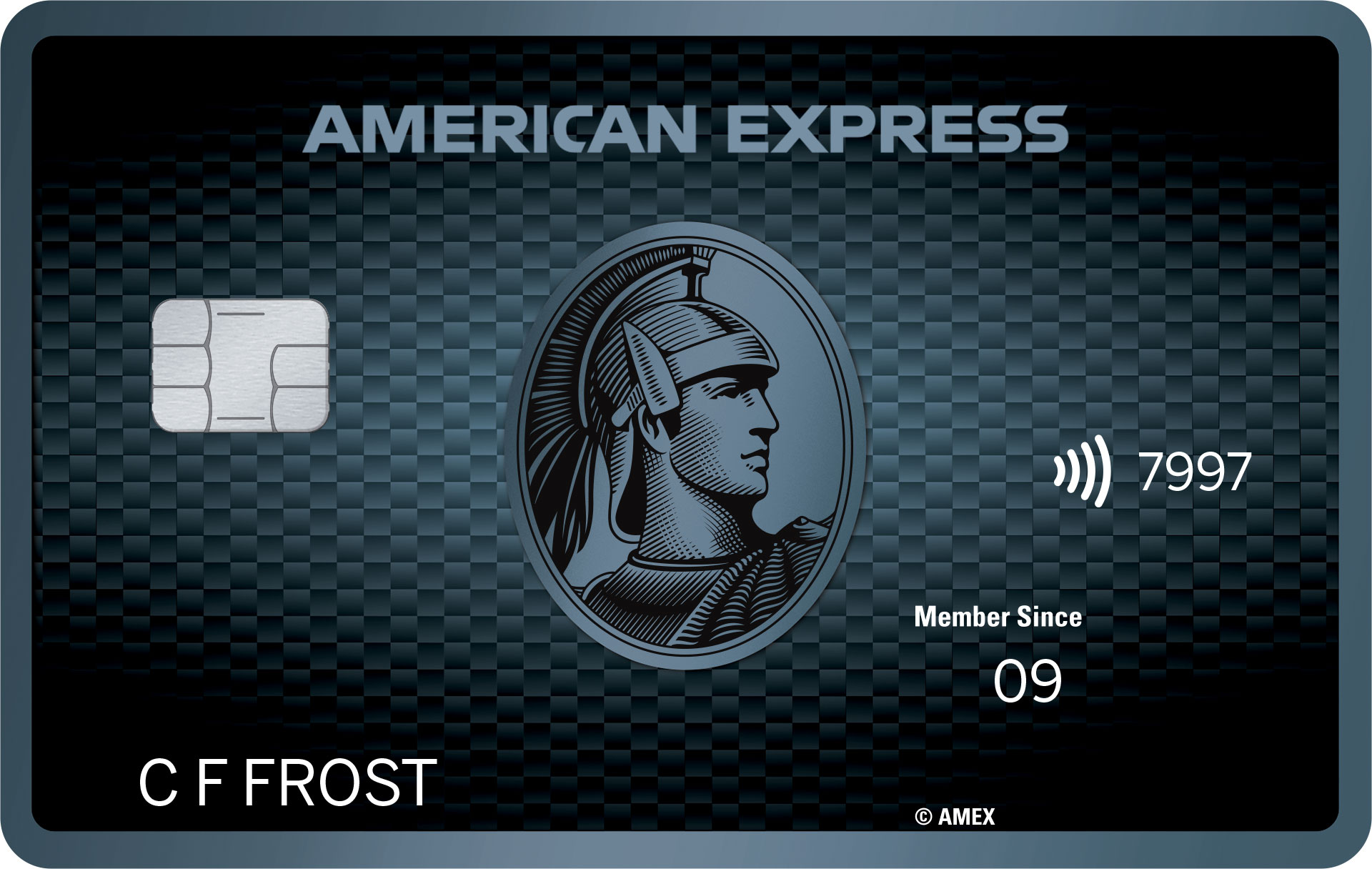
on everyday purchases
- Card Name
- American Express Velocity Platinum
- Earn
- 1.25
- Signup Bonus
-
60,000 bonus Velocity Points*
Apply by 12th Aug 2025
- Annual Fee
- $440 p.a.
- Read more
- View Offer
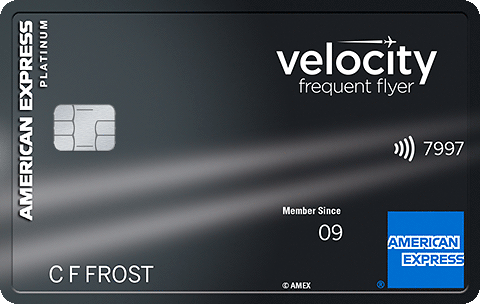
on everyday purchases

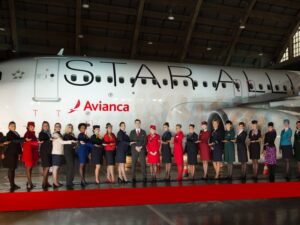

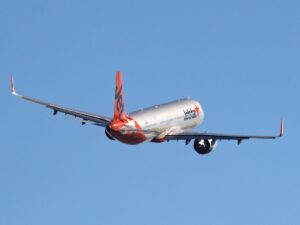


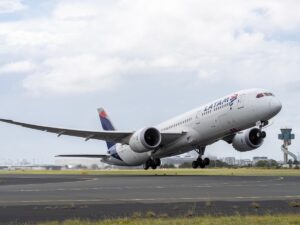
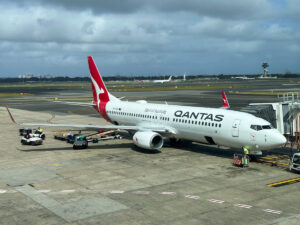


























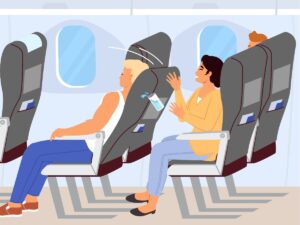






































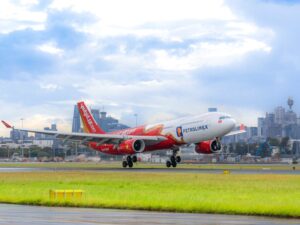
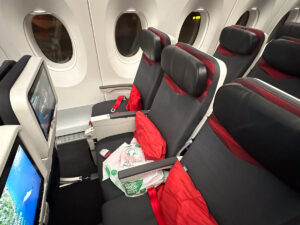
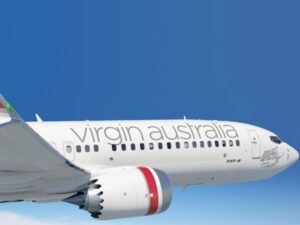





Community Comments
Loading new replies...
Join the full discussion at the Australian Frequent Flyer →